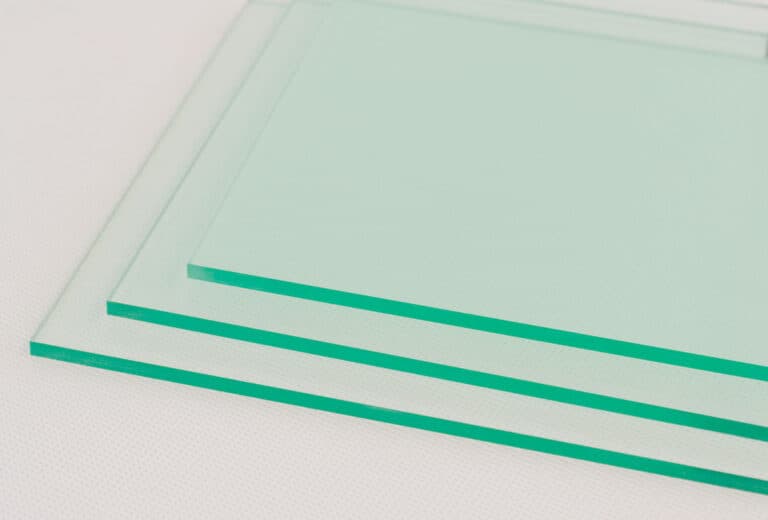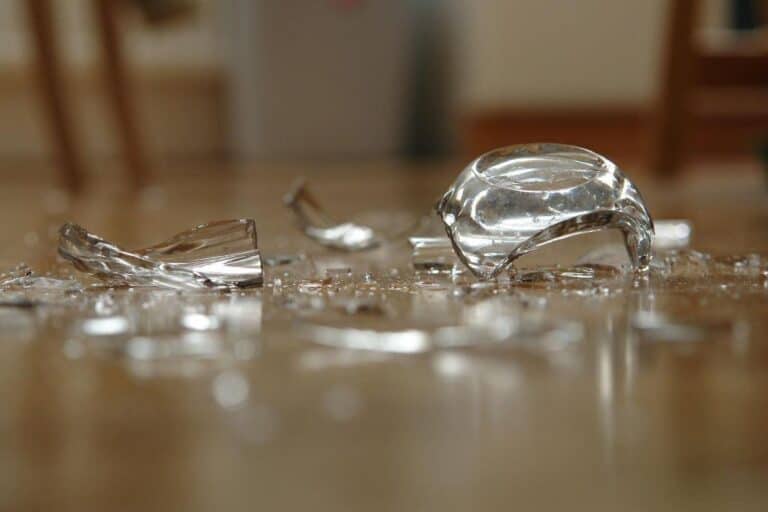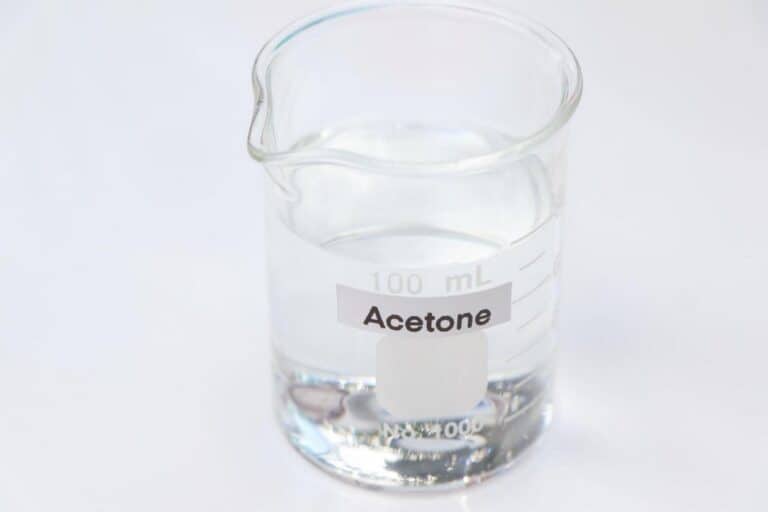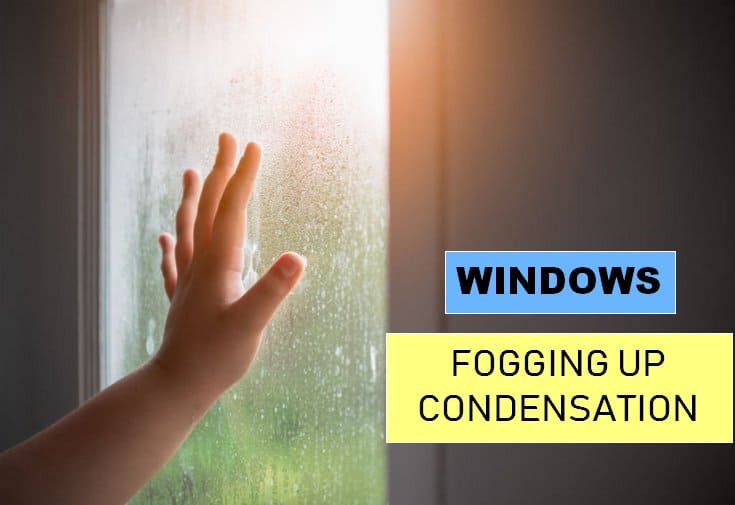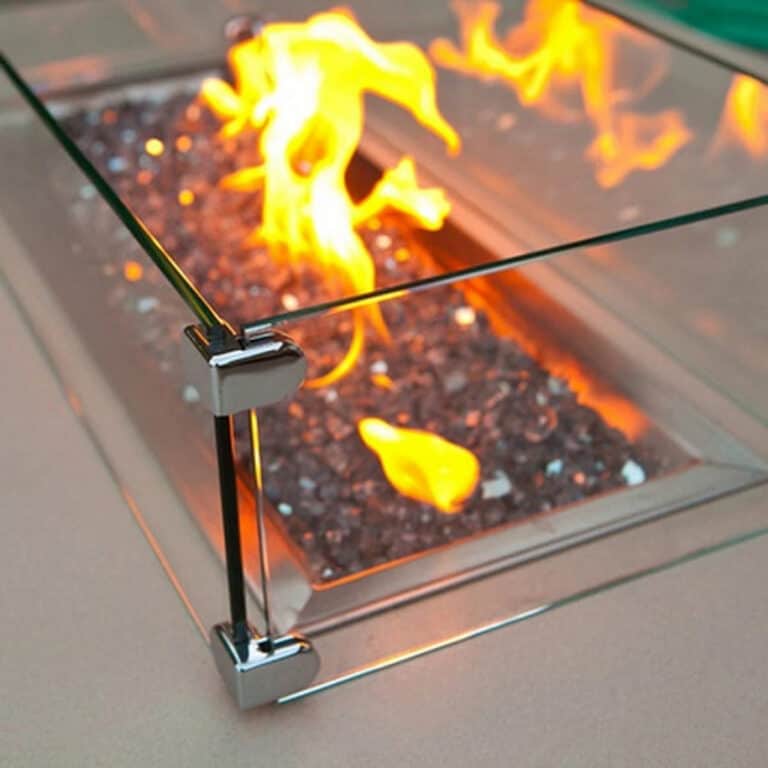Annealed Glass Definition and Properties (Strength & Thickness)
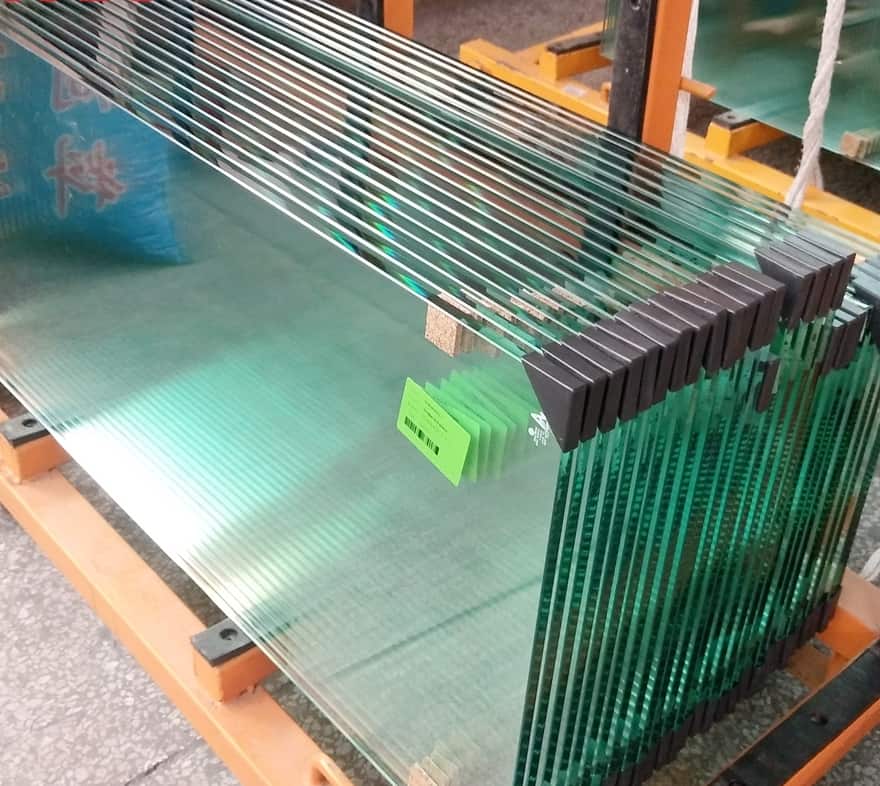
The history of glass is a long and fascinating one that dates back thousands of years. Glass has been used for a variety of purposes, from practical to decorative. Here is a brief overview of the history of glass.
The first evidence of glassmaking comes from Egypt, where fragments of glass have been found that date back to around 3000 BC. It is believed that the Egyptians created a type of glass called faience, which was used to make beads and other small objects.
Around 1500 BC, the Phoenicians began making a type of glass called soda-lime-silica, which was used for windows, bottles, and other vessels. This glass was made by heating sand and soda together and then adding lime to the mixture.
Annealed Glass Definition
Annealed glass is the initial output of the float glass making process. During manufacturing, basic molten glass is cooled gradually under regulated temperatures. This annealing method eliminates internal tensions in glass.
Annealed glass is most commonly used in windowpanes and car windshields because it is less likely to shatter than regular glass. It is also used in table tops, oven doors, and laboratory equipment.
Annealed glass is the minimal requirement for residential glass. In addition, it is the starting basic material for more processed Low-E, laminated, and toughened glass.
Annealed Glass Properties
Annealed glass is typically made of two types of glass: soda-lime-silica (SL) and borosilicate (BS). SL is less expensive and easier to work with, but BS has a stronger bond and is more resistant to heat-related distortion.
Annealed glass has a higher strength than un-annealed glass. It is also less elastic, meaning it does not spring back as much when pressed. This makes it more durable and resistant to damage.
Glass that has been annealed may be cut, drilled, and molded to suit any need. This is ideal for usage in circumstances where it may be exposed to impacts or temperature changes.
Does Annealing Increase Strength?
When it comes to working with glass, the process of annealing is key to creating a strong, durable final product. By heating the glass to a high temperature and then slowly cooling it, the glass becomes much more resistant to breakage and stress.
While annealing does require some extra time and effort, the results are definitely worth it. A properly annealed piece of glass will be much stronger and more resistant to breaking than one that has not been treated in this way.
So if you’re looking for a way to increase the strength and durability of your glass projects, annealing is definitely the way to go!
How Can You Identify Annealed Glass?
If you’re working with glass, it’s important to know the different types of glass you are working with. Here are a few ways to tell if a piece of glass is annealed:
- First, check to see if the glass is clear or cloudy. Clear glass means that it’s been annealed properly, while cloudy glass indicates that it wasn’t annealed correctly or at all.
- Next, tap the glass lightly with your finger. If you hear a dull sound, that means the glass is being annealed. A ringing sound means that it’s not.
- Finally, hold the edge of the glass up to your lips and breathe gently on it. If you see moisture, it’s annealed. If you can’t feel any moisture, then the glass is not annealed.
Advantages of Using Annealed of Glass
Annealed glass is considerably less costly than regular glass or tempered glass. This kind of glass frequently doesn’t require any further manufacturing steps.
One advantage of annealed glass is rather affordable. For projects with a tight budget, annealed glass is much less expensive than tempered glass or other solutions.
Another aspect of this glass’s attractiveness is its enormous flexibility and variety. As a result, it may be utilized for almost any glass project and can be formed into any shape.
Annealed glass can also be sculpted at any moment. Because annealed glass is a more pliable variety of glass, it can be drilled, cut, and notched.
Annealed Glass Uses
Annealed glass is the most common type of glass used in consumer goods like houses and industries. It has exceptional quality, which does not require extra polishing, and structural flexibility during manufacture. This glass can be readily moulded and twisted into a variety of shapes while in a hot, viscous condition.
This flexible nature makes it perfect for several applications, including:
- Car glass (windows, mirrors, and windshields)
- Mirrors Furniture (e.g. in tables and shelves)
- Thermopane glass
- Windows and doors
Glass Strengthening – Annealing vs. Tempering
Here, we’ll take a look at the difference of glass strengthening between annealed and tempered glass. So you can decide which is right for your needs.
Tempered glass is four times stronger than annealed glass and is often used in high-stress situations, such as car windshields and shower doors.
Annealed glass is more fragile but can be cut and molded into different shapes, making it ideal for stained-glass windows or bowls.
Annealed Glass Vs. Tempered Glass: Which Type Right for You?
When it comes to glass, there are two main types out of factory: annealed and tempered. Both have their own unique benefits that make them ideal for different applications. So, which type of glass is better?
It depends on what you need it for. If you need a strong and durable piece of glass, then annealed glass is the better choice.
If you need a piece of glass that can withstand high temperatures or extreme changes in temperature, then tempered glass is the better option.
If there is a chance that someone may fall into the glass, you should not use annealed glass.
The sharp pieces can be very dangerous. It’s also a good idea to avoid using annealed glass for anything that may break quickly. If not, you will have to regularly replace the glass, which will cost a lot of money.
In general, tempered glass is a better choice for safety purposes because it is much more resistant to breakage and impact.
Annealed Glass for Fabrication and Projects
In rare cases where safety glass is not required for a project, the annealed condition of the glass is maintained. Nevertheless, because nearly all glass used in construction for retail display cases, windows, and office walls, among other purposes, must be safety glass, annealed glass is subjected to tempering in the last phases of manufacture.
The outcome is tempered safety glass tailored to your project’s specifications.


